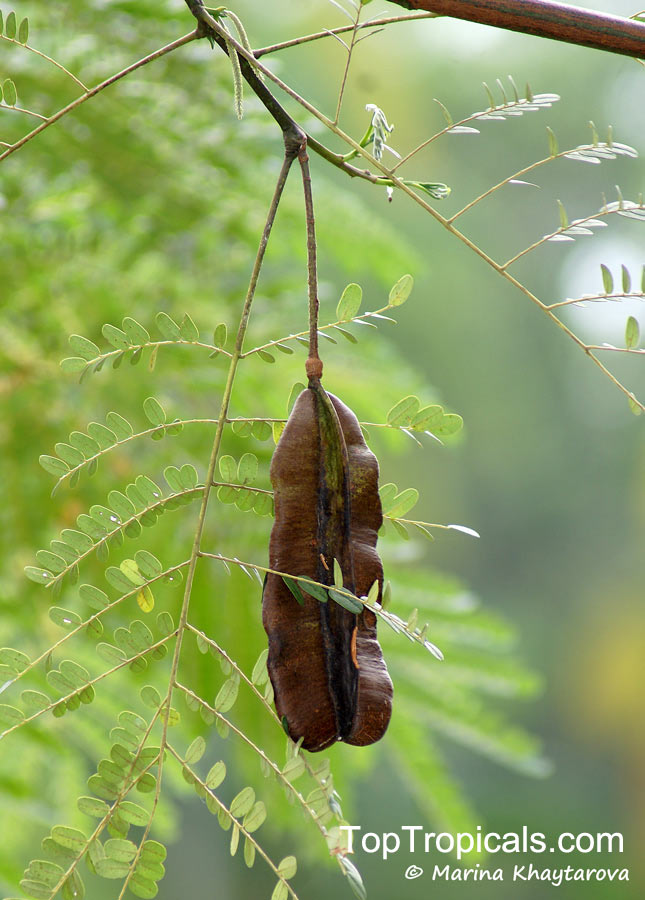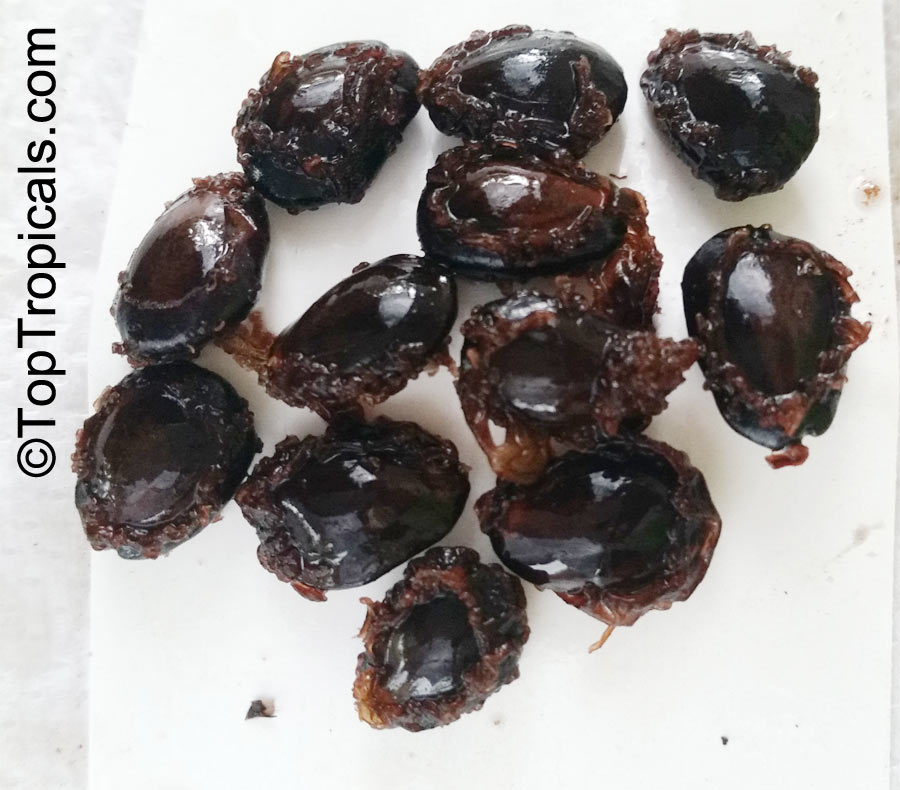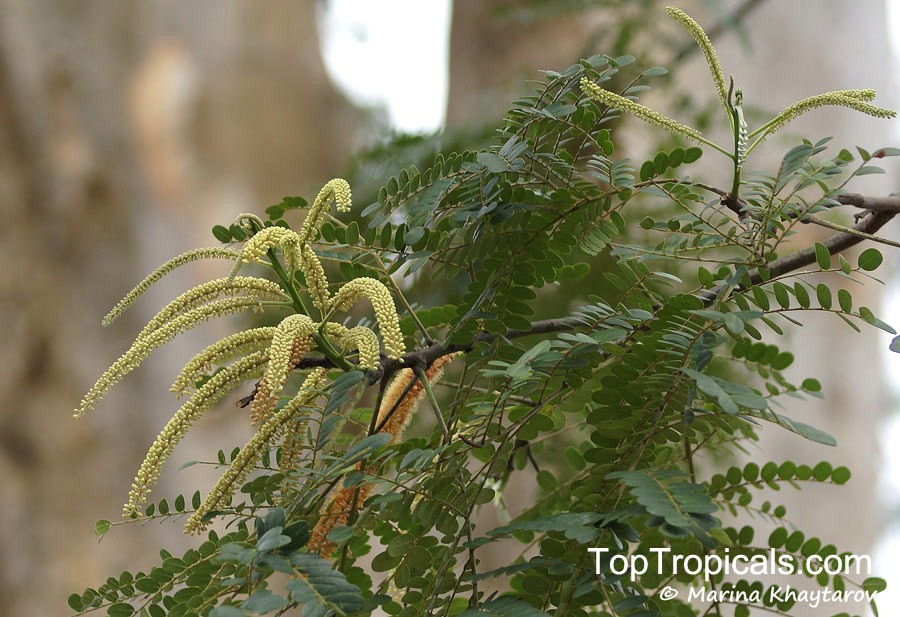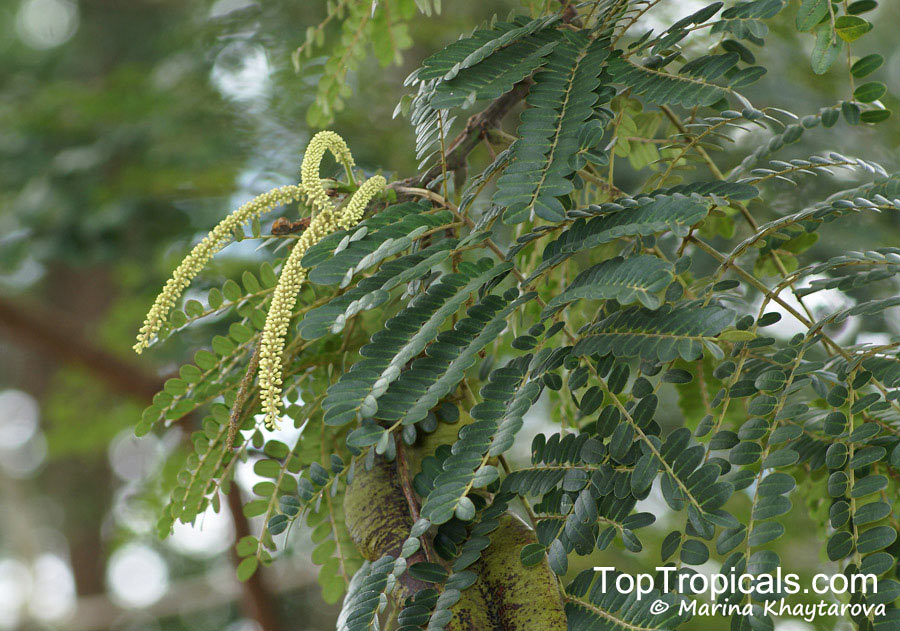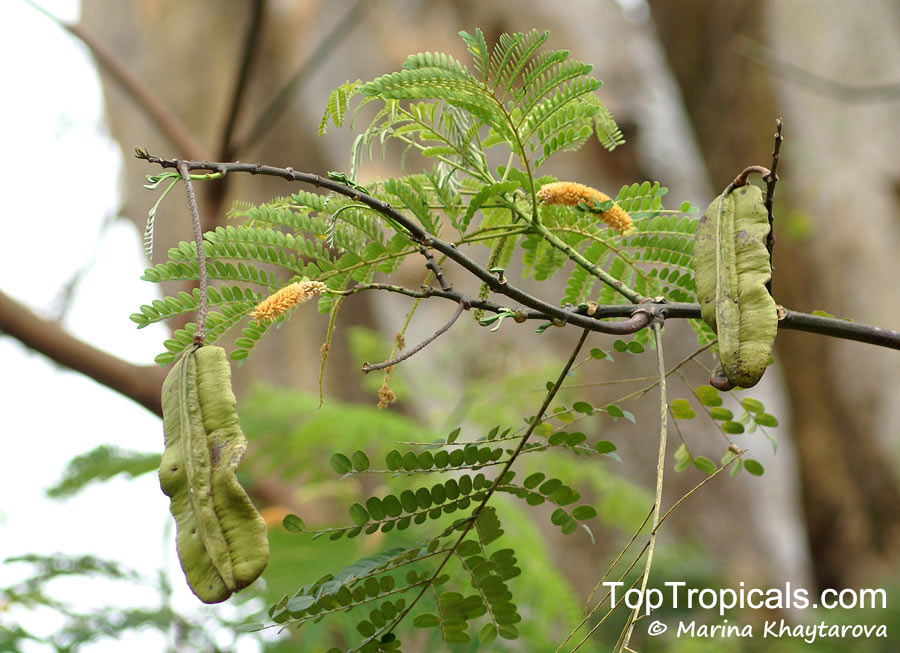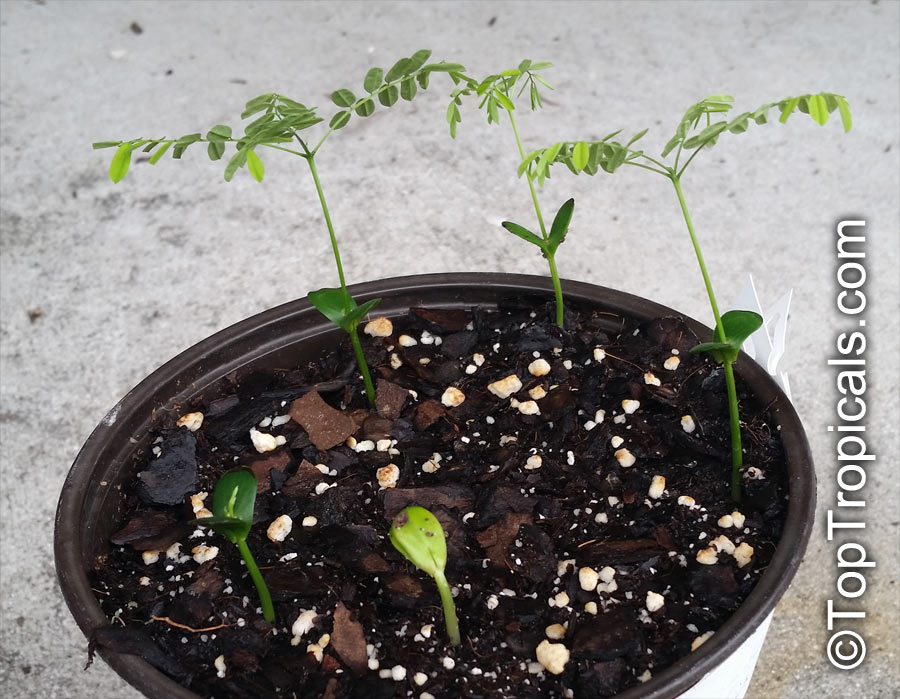Pictogram Guide · Mouse over pictogram for definition
Tetrapleura tetraptera, Adenanthera tetraptera
Aidan Tree, PrekeseFamily: Fabaceae
Subfamily: Caesalpinioideae
Origin: West Africa










Tetrapleura tetraptera (Aidan Tree) is a small deciduous tree native to West Africa, belonging to the Meso-Melanesian family. It generally grows between 10-20 ft tall, and is semi-evergreen in nature, losing its leaves late in the season or in the early months of winter. It usually prefers full sun but can also do well in semi-shade. This beautiful tree boasts off-white, very fragrant flowers that produce an abundant array of fruits. Not only does this plant attract butterflies and hummingbirds, it is also used ethnomedically and as a spice or herb.
The fruits of the Aidan Tree are particularly healthy and nutritious. They produce a drug-like substance, known as ethiopon, that is used for a wide range of conditions such as malaria, jaundice and even skin diseases. The fruits are also edible. They are rich in a variety of vitamins, minerals and antioxidants, and have been proven to help lower blood pressure, improve digestion and reduce stress. Generally speaking, a single tree can produce between 10-15 kg of fruit in one season, depending on the climate.
When grown in USDA Zone 9-11, Tetrapleura tetraptera is a relatively low maintenance plant - even though regular watering and fertilizing is necessary to maintain good health. During winter, it should be sheltered from frost since it is sensitive to cold temperatures, and it is best to use a large container to protect its delicate roots. In addition, this plant prefers well-draining soils and requires an area with plenty of shade, as it is susceptible to sunburn.
Similar plants:
